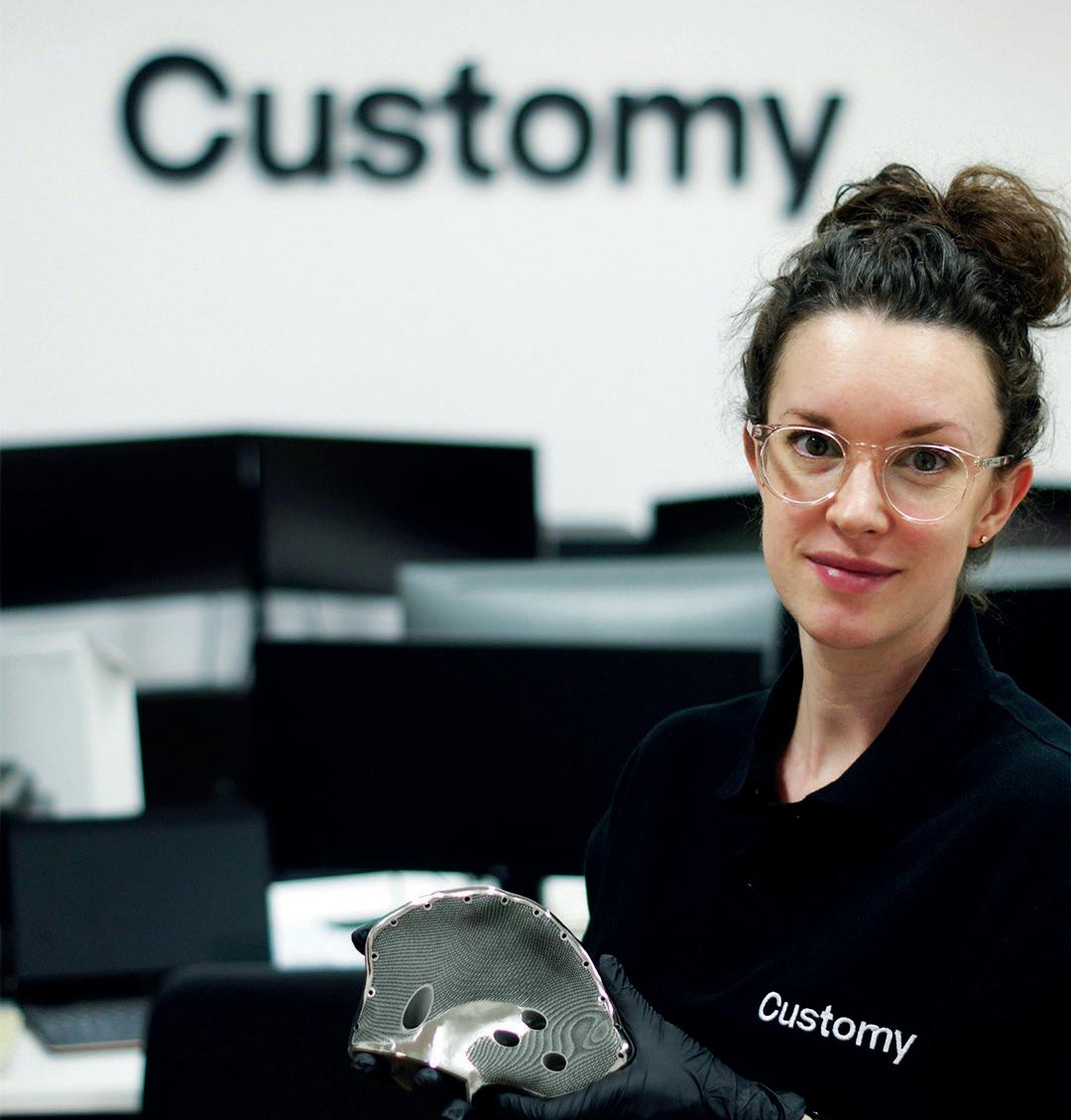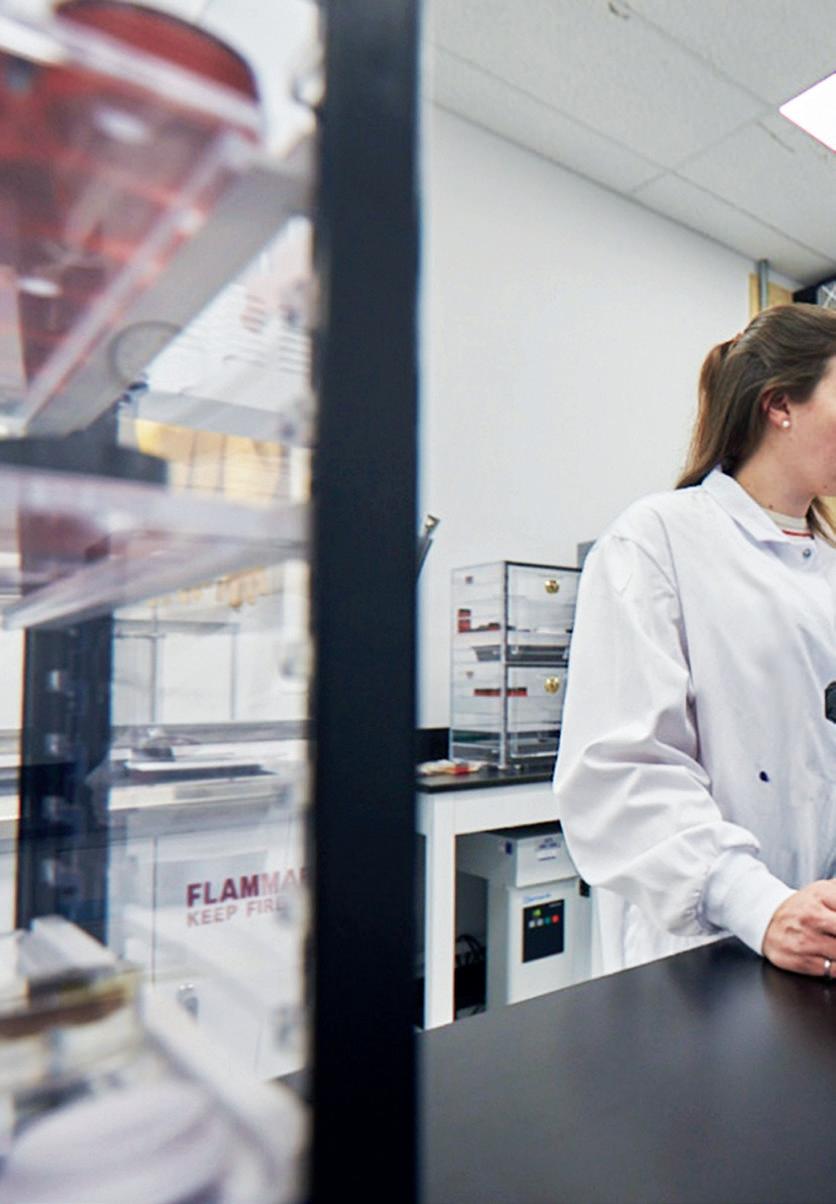WHAT’S DRIVING AM ADOPTION? T WORDS: Laura Griffiths
he medley of machines, applications, materials, software tools – and confusing acronyms for good measure – can make the task of building a business case for additive manufacturing (AM) feel daunting. It’s why we created TCT 3Sixty’s Evaluation, Adoption and Optimisation framework to help our community identify their place on the AM adoption curve and access the relevant information. Recent reports from market intelligence specialist CONTEXT and 3D printer manufacturers MakerBot and Formlabs each suggest renewed interest in AM technology, meaning there are likely more users than ever before locating themselves somewhere on the middle of that curve. So how did they get there? In a survey published by desktop 3D printer manufacturer MakerBot, over the last year, prototyping and concept modeling were, as perhaps expected, still found to represent the majority of use cases for respondents. Yet, one of the most significant takeaways was the number of users who are utilising machines, in some cases multiple, in-house. Over three-quarters of respondents stated that they have at least one 3D printer in-house, with 29% using them daily. What’s more, the report found that 84% of respondents who invested in 2021 also plan to purchase more equipment, materials, and accessories throughout this year.
“Respondents see the benefits of using 3D printing to accelerate their design and production processes,” MakerBot’s CEO and President Nadav Goshen told TCT. “As a result, they are citing continued interest in adding more printers to their collection, exploring new materials, and expanding their applications with 3D printing whether that's for prototyping, tooling, or production parts.” While just 5% of those asked claimed to be using 3D printing for mass production, applications in R&D, tooling, and replacement parts were said to be on the
028 / www.tctmagazine.com / 30.2
rise. Throughout the pandemic CONTEXT reported a rise in desktop machine sales as a result of work-from-home scenarios, which MakerBot reacted to with the launch of its CloudPrint software to enable more streamlined remote working and the increase in capabilities for its industrial yet accessible METHOD printer. While offices were closed and supply chains were down, 3D printing came to the fore.
“The pandemic highlighted some of the flaws of traditional supply chains,” Goshen said, reflecting on the increase. “Shortages in healthcare products led to a surge in on-demand production using 3D printing. By integrating 3D printing, companies gained greater flexibility to minimise potential supply chain delays by increasing local production. With immediate access to a digital inventory of part designs, replacement or custom components can be produced or iterated upon as often or quickly as needed with little to no additional cost. On-demand 3D printing for prototyping and part production enables manufacturing
flexibility and reduces reliance on traditional supply channels.” EARLY ADOPTERS VS. RECENT ADOPTERS As detailed in our last issue, the pandemic brought more attention to 3D printing’s unique advantages: the ability to reduce inventory with localised on-demand manufacture, create tooling to mitigate long lead times and augment manufacturing lines with rapidly produced jigs and fixtures. Formlabs’ report emphasises that AM’s sweet spot remains in rapid prototyping and model making but the company, which









